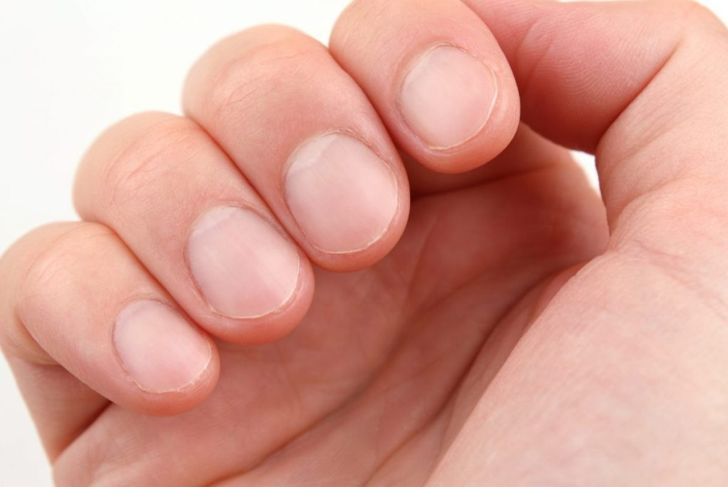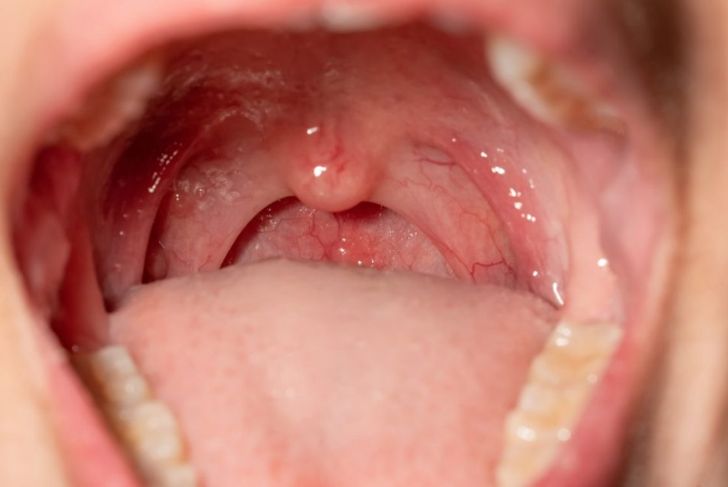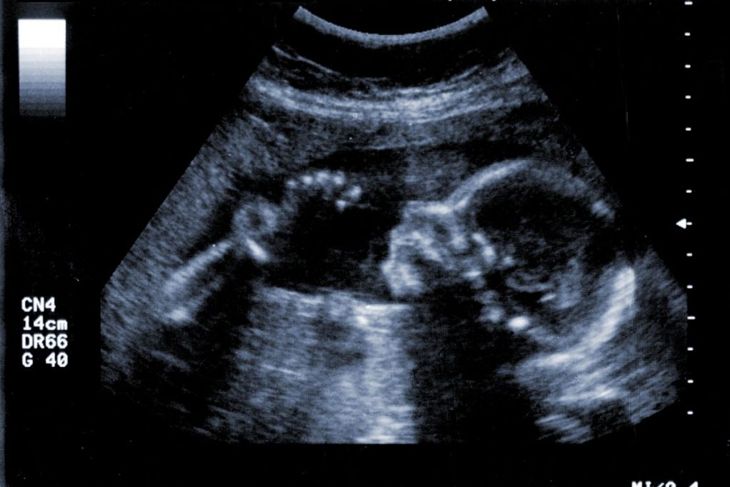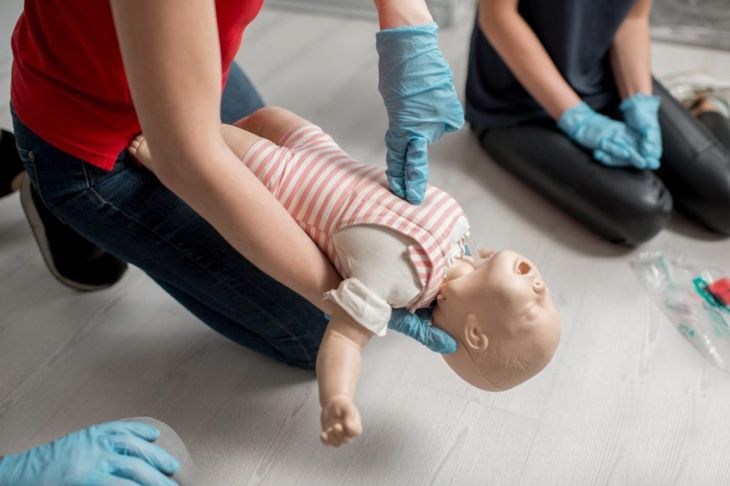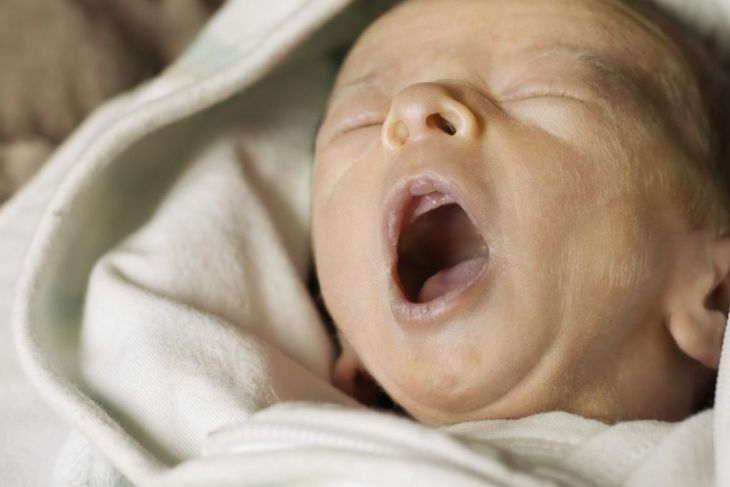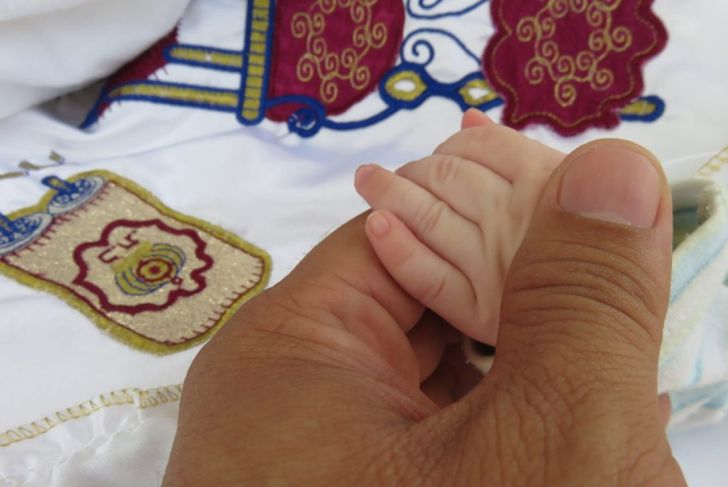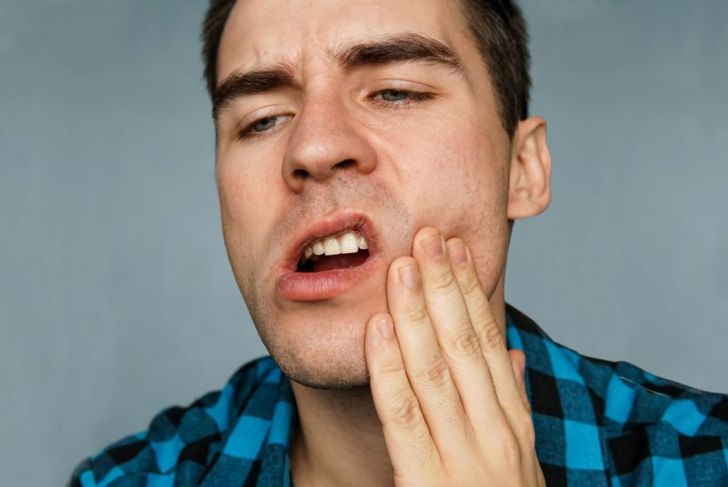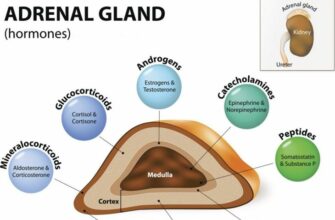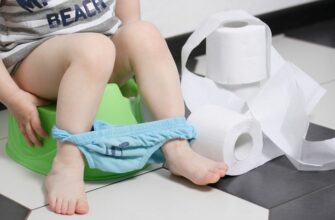In the 1880s, a Prague pediatrician named Alois Epstein first described the presence of small nodules in the mouths of some newborns. Many other investigators reported a high rate of oral cysts in fetuses and infants. Alfred Fromm studied and classified these growths according to their composition and location in 1967. Experts refer to the cysts as Epstein pearls, Bohn nodules, or dental lamina cysts.
What are Epstein Pearls?
Epstein pearls are tiny white or yellow bumps, no more than three millimeters, that develop on the mucous membranes that line the roof of the mouth. Almost 90% of babies are born with these small, keratin-filled cysts. Keratin is a protein that also makes up our hair, nails, and the outer layer of skin.
Causes of Epstein Pearls
Entrapment of keratin between the soft and hard palate causes Epstein pearls. Japanese newborns are most likely to develop the cysts, followed by Caucasians and African-Americans. Male and female babies appear to be equally affected. In one study, Epstein pearls were more common in infants born to mothers with multiple children.
Development of Epstein Pearls
A fetus’ palate begins to develop around the end of the eighth week of gestation; this is when structures forming the upper jaw elements start to grow. Between weeks ten and 11 in the womb, the separate parts of the palate begin to fuse. Palatal fusions complete by the end of four months in the womb. Keratin trapped between the soft and hard palates during this fusion form Epstein pearls.
History/Physical
Epstein pearls feel firm to the touch and mothers may feel them when their baby is breastfeeding. They may appear in groups of two to six cysts, or alone. The distribution of the bumps around the mouth varies. Sometimes parents worry and seek medical advice for Epstein pearls, but the growths are harmless and do not interfere with feeding or tooth development.
Evaluation and Treatment
If a parent is concerned about bumps in their baby’s mouth, a clinician will examine the infant and confirm the presence of Epstein pearls. They will not advise treatment or removal, as the cysts normally disappear within one to two weeks of birth. Parents should avoid squeezing or popping the cysts, as this could introduce harmful bacteria.
When to See a Doctor
Although Epstein pearls are harmless, these innocuous cysts are not the only bumps that may appear in an infant’s mouth. Other medical conditions can cause bumps, including thrush, a yeast infection, for which doctors prescribe an antifungal medication. Some babies also born with their baby teeth already erupted, which can make breastfeeding difficult and could cause choking if they come loose and lodge in an airway. A doctor may perform surgery to remove these natal teeth.
Other Possibilities
Epstein pearls are not the only cysts that appear in the mouth of newborns. Other possibilities are Bohn nodules and dental lamina cysts. Bohn nodules are mucous gland cysts on the gums. They are numerous, grayish white in color, and firm to the touch. Bohn nodules are also harmless and will eventually disappear. Dental lamina cysts are remnants of the dental lamina skin in the mouth. They may be large, more transparent, and flexible. You can find dental lamina cysts in place of teeth on top of the gums.
Outlook
Most Epstein pearl cysts will spontaneously rupture within the first few weeks, but this natural process can also take a few months. Babies older than three months do not have the growths. Parents concerned about cysts in their infants’ mouths can speak to their doctor during routine checkups.
Epstein Pearls in Other Locations
Some male babies develop prepucial Epstein pearls on the penis. These bumps are similar in appearance and makeup to oral cysts. Fewer than one percent of infants develop these harmless growths. Prepucial Epstein pearls do not interfere with urination. Like oral Epstein pearls, they will spontaneously rupture. If an infant undergoes circumcision, the procedure will also remove the growths.
Epstein pearls in Adults
Epstein pearls only occur in newborn babies, though adults can develop dental cysts similar in appearance. Unlike the infant growths, however, dental cysts can cause complications. They develop near the roots of dead or buried teeth and can become infected or grow and place pressure on the teeth. Doctors can remove the cysts and any dead root tissue, to reduce the chances of recurrence.

 Home
Home Health
Health Diet & Nutrition
Diet & Nutrition Living Well
Living Well More
More